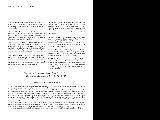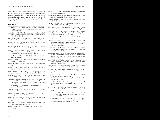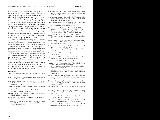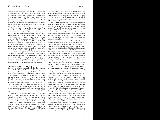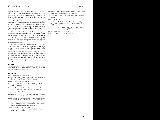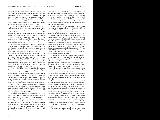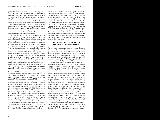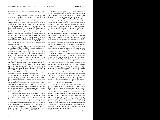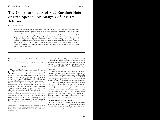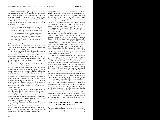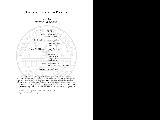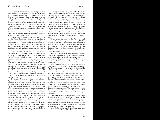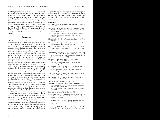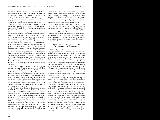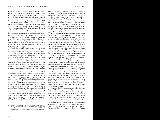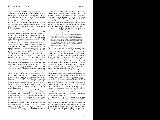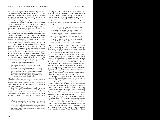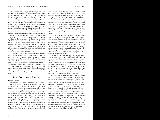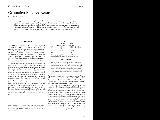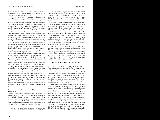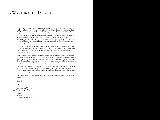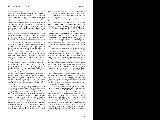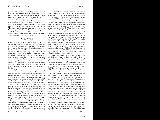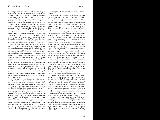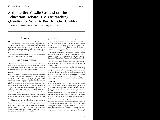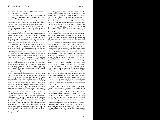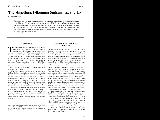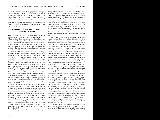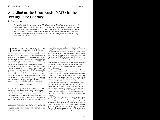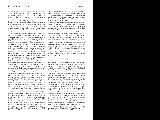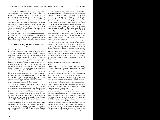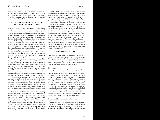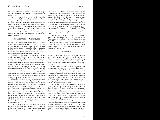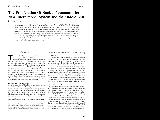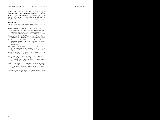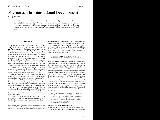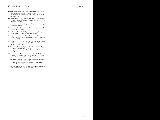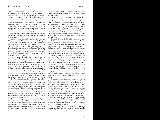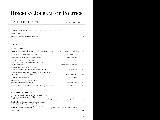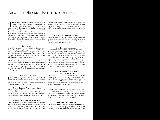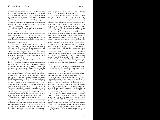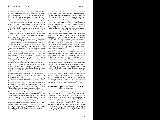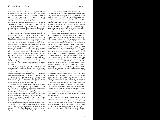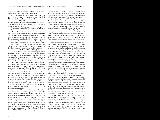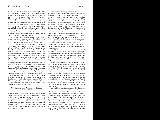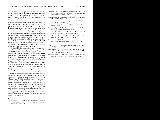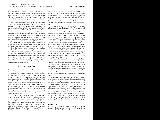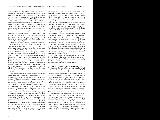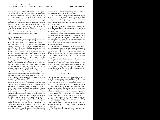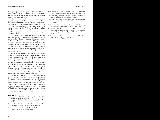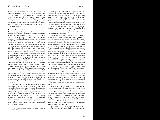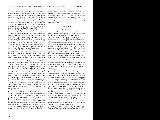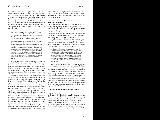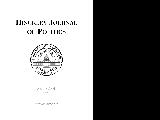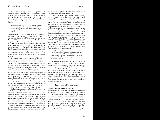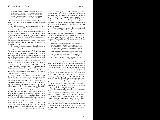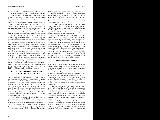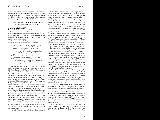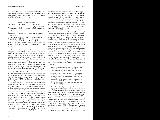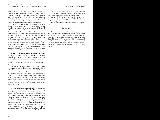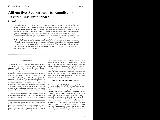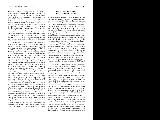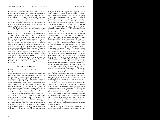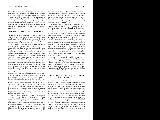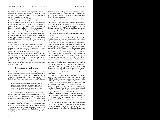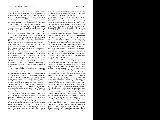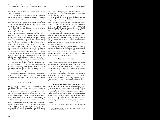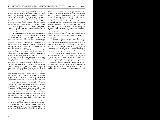| OCR Text |
Show HINCKLEY JOURNAL OF POLITICS SPRING 2001 tern had over 84,000 students in 107 schools during the 1968-69 school year. Of those students 24,000 were African-American and of those students 14,000 attended schools that were at least 99 percent black (Swann v. Charlotte-Mecklenburg Board of Education 1971). James Swann and several other black students challenged the school board's desegregation plan. The district court found the school board's plan unacceptable and hired an expert to devise a desegregation plan, approved in 1970 by the district court for elementary through high schools. However, the Court of Appeals did not approve the plan for elementary students, declaring that it would be too much of a burden on the students and faculty (Swann v. Charlotte-Mecklenburg Board of Education 1971). The case then reached the Supreme Court. The Supreme Court's decision proved to be the most far-reaching step toward integrating the public school system, marking a shift in the Court's focus. The justices were now asking, "How do we achieve greater racial balance in public schools?" The Court held that its objective was to eliminate "all vestiges of state-imposed segregation" in public schools (Swann v. Charlotte-Mecklenburg Board of Education 1971). With this ruling, the Court laid out remedies available to district courts to achieve more racially balanced schools. First, racial quotas could be used, not that every school was to be a near perfect reflection of the racial composition of the community. Rather as a starting point in shaping a solution (Swann v. Charlotte-Mecklenburg Broad of Education 1971). Second, district courts could alter school district zones. Noncontiguous zones are permissible, but such zones should be evaluated in light of the objectives the zone is to achieve. Before this decision, local school boards would draw the district zones. Third, and by far the most controversial remedy, was busing. The Justices felt that assigning children to the nearest school would not get rid of the dual school system. Therefore, district courts could require bus transportation to other schools. The Court held that the travel time should not be so great that it would impede the health of the children or interfere with the education process (Swann v. Charlotte-Mecklenburg Board of Education 1971). In addition, when the Court permitted the use of busing, it superseded all the states' anti-busing laws (Fisher 1999, 878). THE PROBLEMS OF ADDRESSING DE JURE SEGREGATION Until the Swann decision, most of the resistance to desegregation came from the South. It was considered a Southern problem; no one in the North or West seemed to notice that more and more blacks were living in the inner city and attending almost all black schools (Fisher 1999, 878). Southern segregation was de jure (by law), but in the rest of the country segregation was de facto (due to residential patterns) (Fisher 1999, 878). As it would turn out, the North would be affected the most by the busing policy. Some criticized this ruling, particularly the transportation provision, on the grounds that it clashed with the Civil Rights Act of 1964. The Act defined desegregation "as the assignment of students to public schools without regard to their race, color, religion, or national origin" (Fisher 1999, 878). Yet, the courts took into account race when developing and implementing desegregation plans. The Act also stated that federal courts are not "empowered to issue any order seeking to achieve a racial balance in any school by requiring the transportation of pupils." The Court avoided this possible conflict by contending that the law pertained to de facto and not de jure segregation. However, many justices found that it did not matter whether the segregation was de jure or de facto. Instead, they found where a segregated school existed there was "prima facie" evidence of a constitutional violation by the district (Fisher 1999, 879). Prima facie literally translates to "at first sight," in other words, it is a fact presumed to be true unless disproved by contrary evidence (Fisher 1999, 1243). However, the Court did not keep this outlook for long. Within a few years, the Court began to withdraw its support of desegregation. By 1974, Republican President Nixon had appointed four justices (Goldman 1996a). The Court was beginning to move in a conservative direction. If congressional restrictions and harsh public opposition to busing are added, one realizes that forced busing days were numbered. The first strike against the remedy came in Milliken v. Bradley (decided in 1974), only three years after Swann. Several parents of black students in Detroit, Michigan filed a suit alleging that the Detroit Board of Education had created and perpetuated school segregation through its policies (Milliken 1995). The district court agreed and ordered Detroit to devise a plan for desegregation that included eighty-five outlying school districts, which would mean busing the students. The Court issued such an order because Detroit-only plans would not achieve desegregation. Detroit itself was predominately African-American while the suburbs were predominately white. The District Court wrote, "school district lines are simply matters of political convenience and may not be used to deny constitutional rights" (Milliken 1995). The U.S. Court of Appeals agreed, but the Supreme Court did not. A divided 5-to-4 Supreme Court ruled that the district court's remedy was "wholly impermissible" and did not coincide with Brown (Goldman 1996a). A federal court cannot devise a multi-district plan without evidence that the surrounding districts did not operate a unitary school system. An isolated instance of "possible segregative effect" did not justify a broad metropolitan-wide remedy. Further, there was no evidence that the district boundaries were established to perpetuate segregation (Milliken 1995). The Supreme Court also emphasized the importance of local control. If such multi-district plans were permitted, district courts would become a "school superintendent," something judges are unqualified to do (Milliken 1995). 65 |

